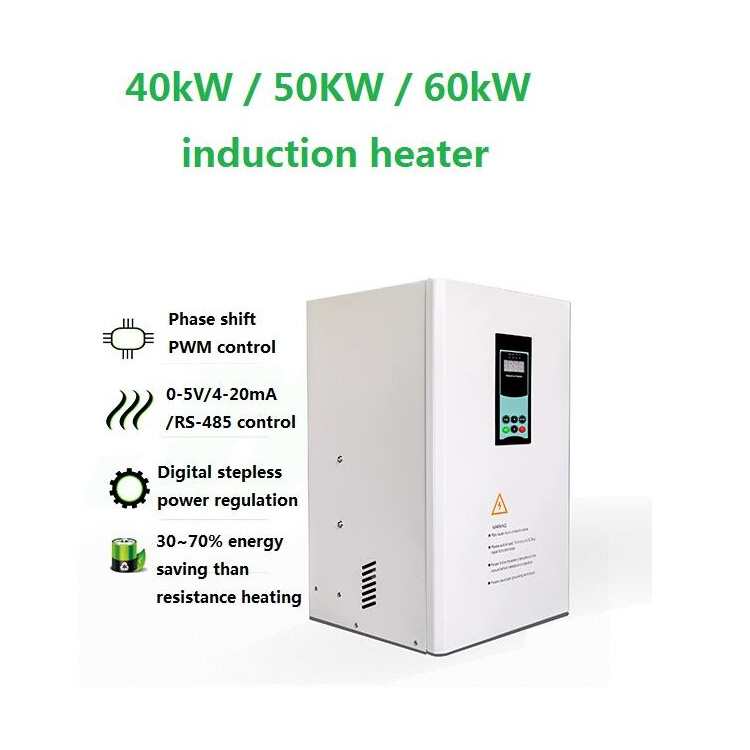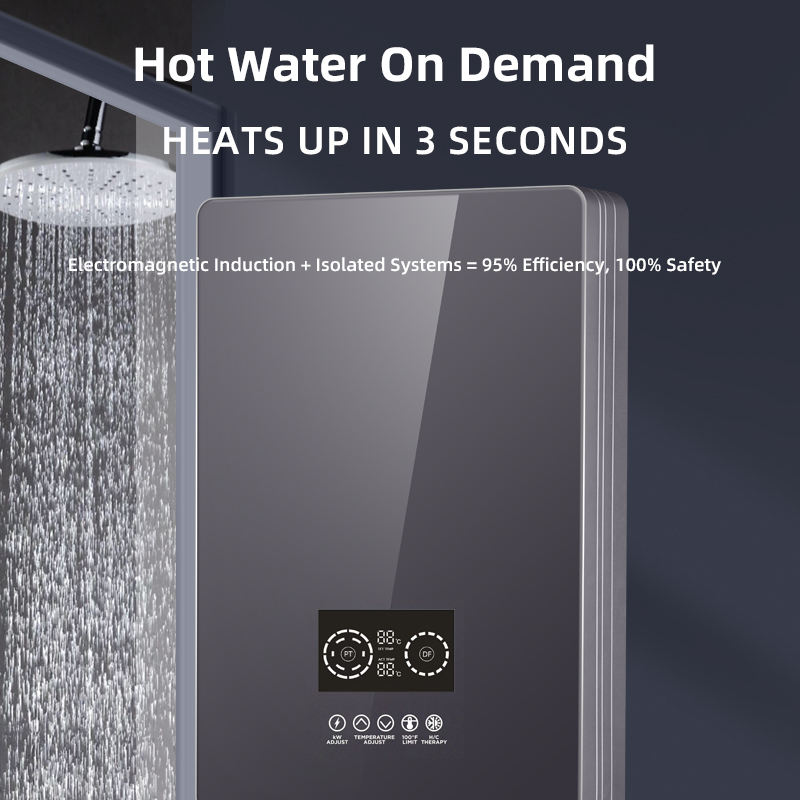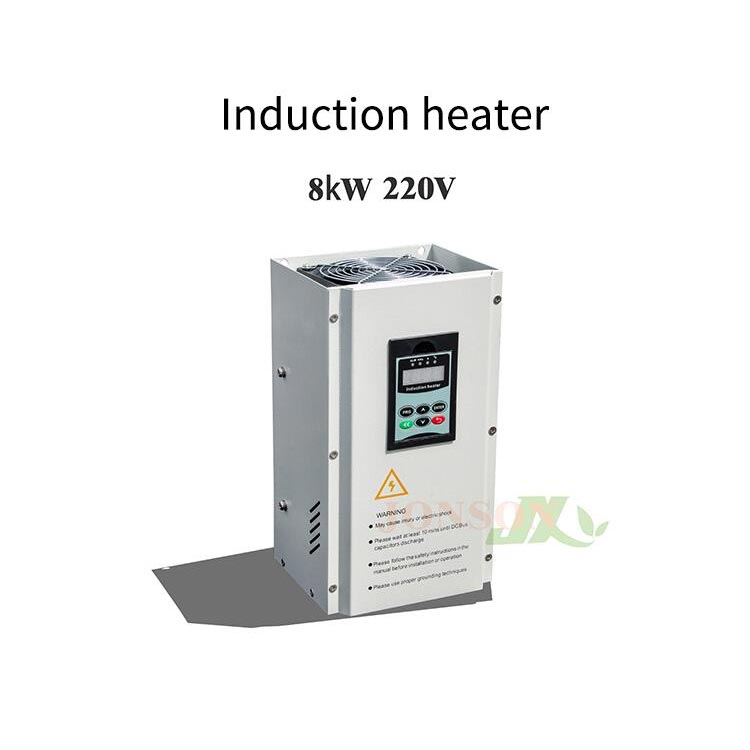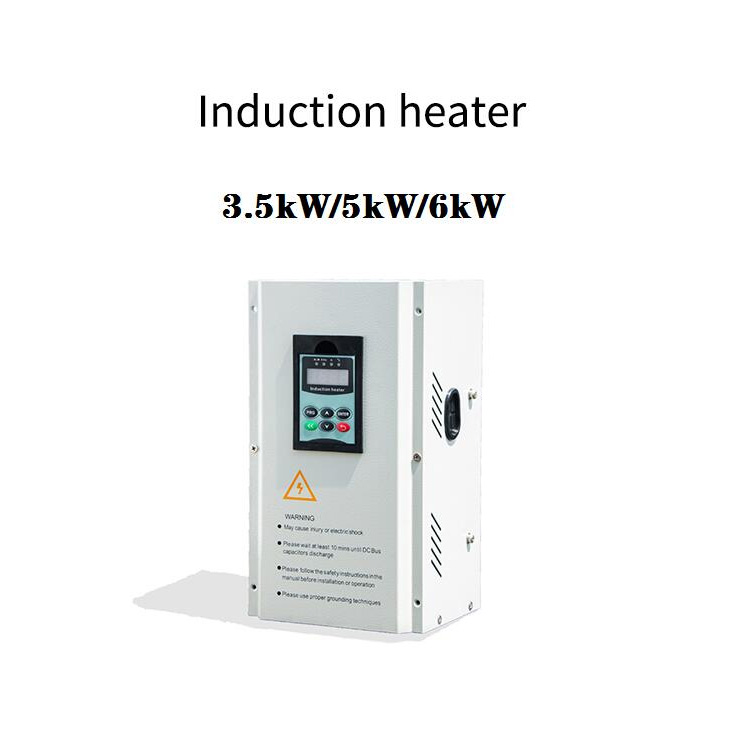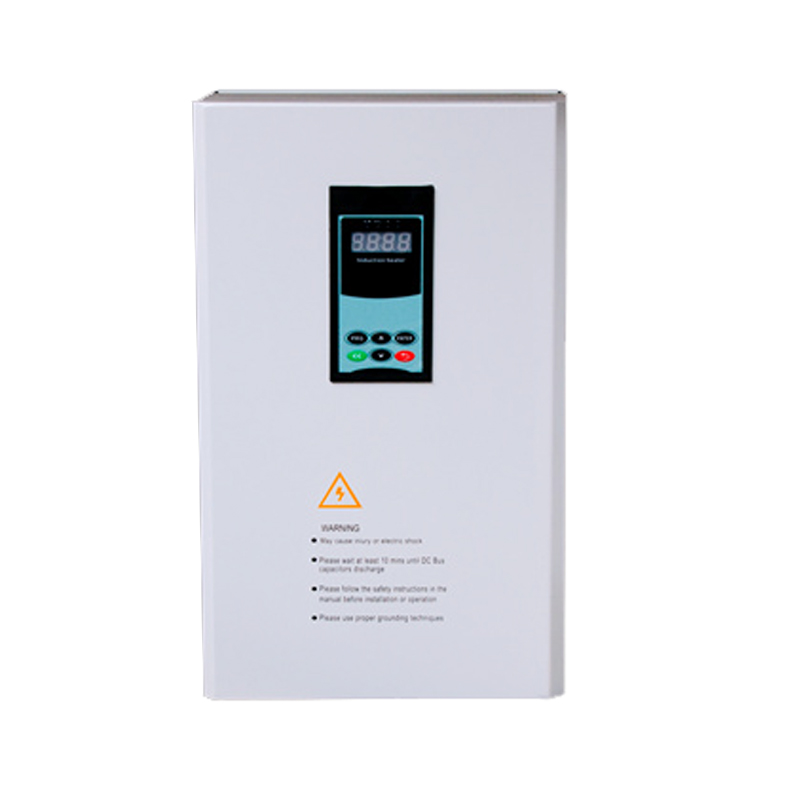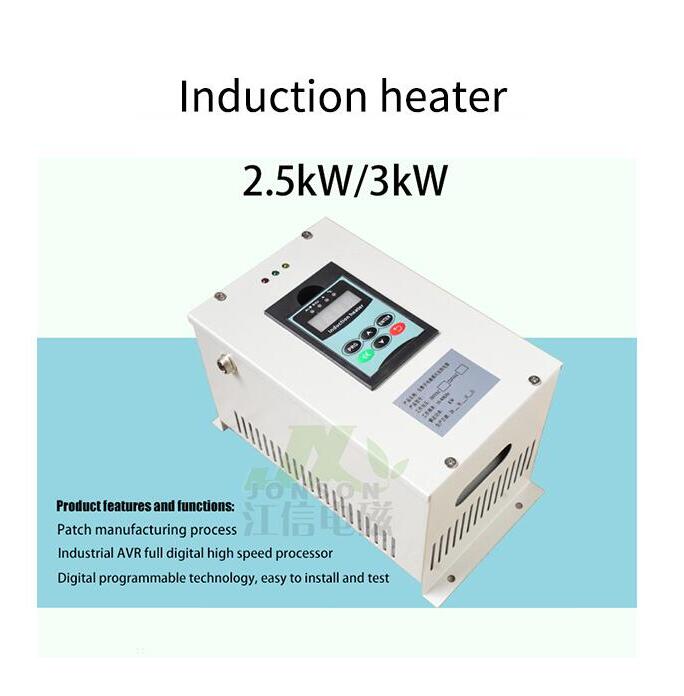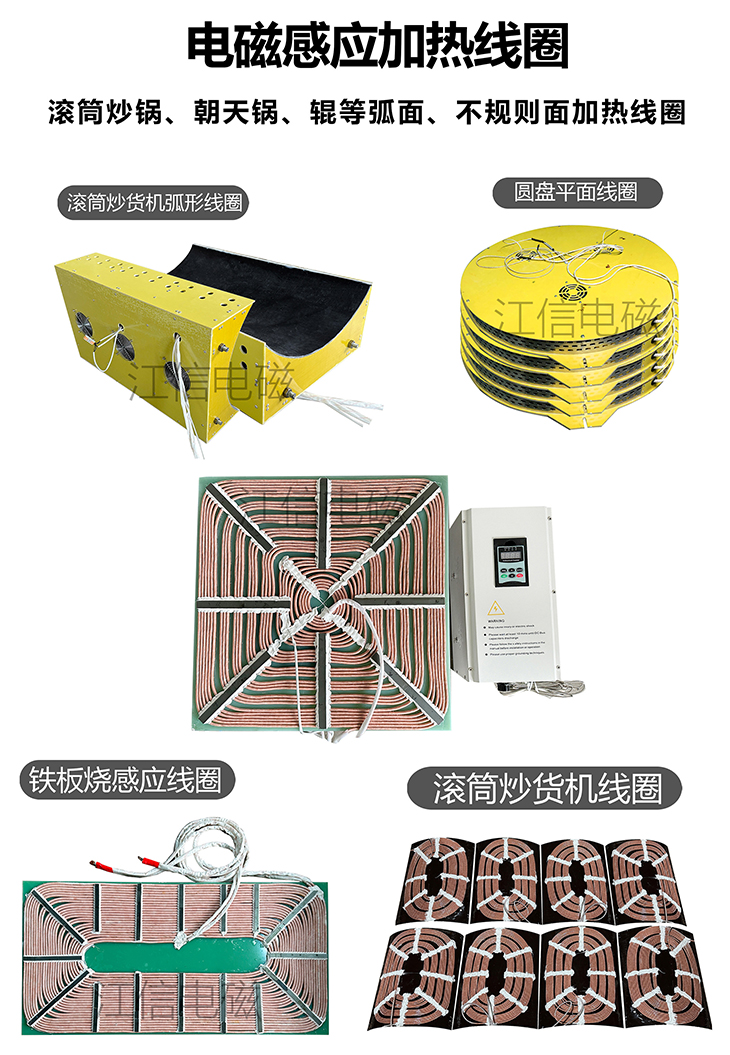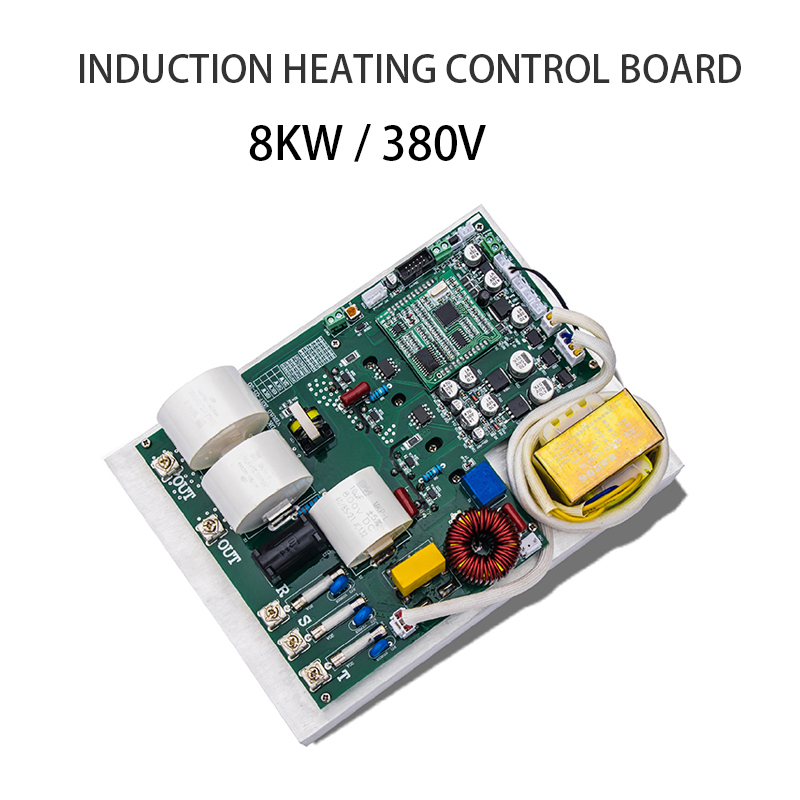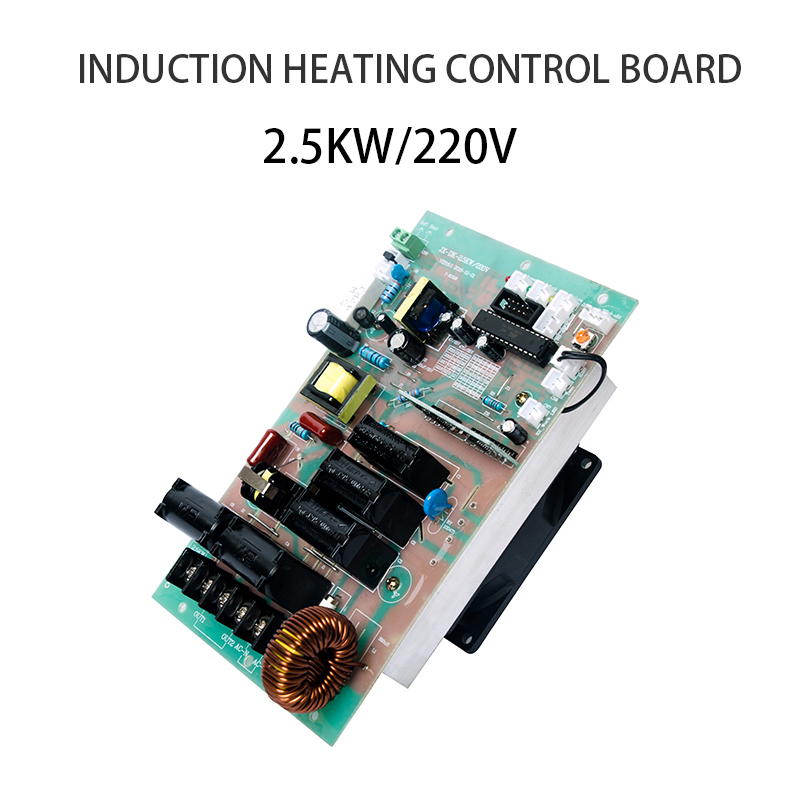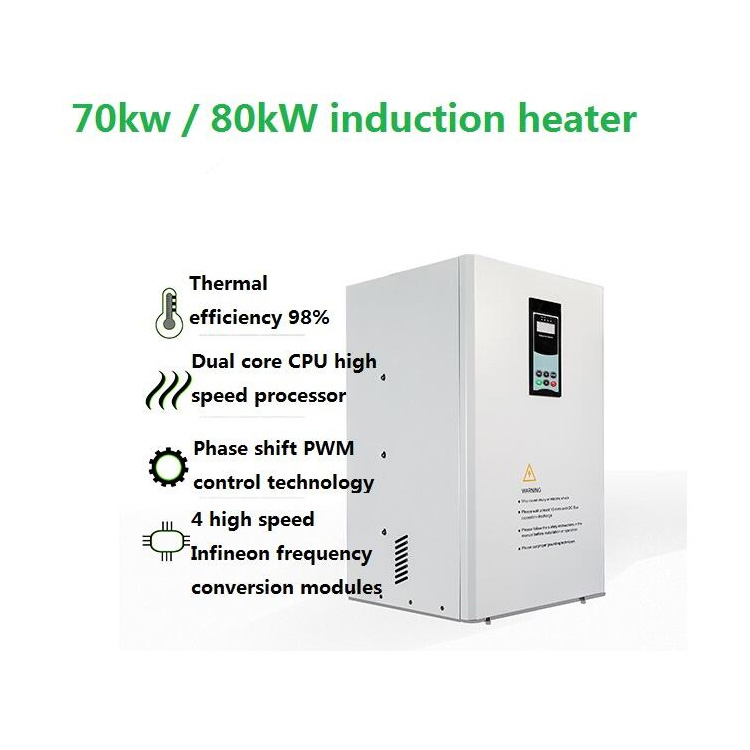In the realm of plastic extrusion processes, precise temperature control and energy efficiency are crucial factors for producing high-quality plastic products. Traditional heating methods, such as resistance coils and infrared heating, often fall short in terms of energy efficiency, responsiveness, and uniform heat distribution. Induction heating technology presents a modern and effective solution for these challenges, offering faster, more uniform heating with reduced energy consumption.
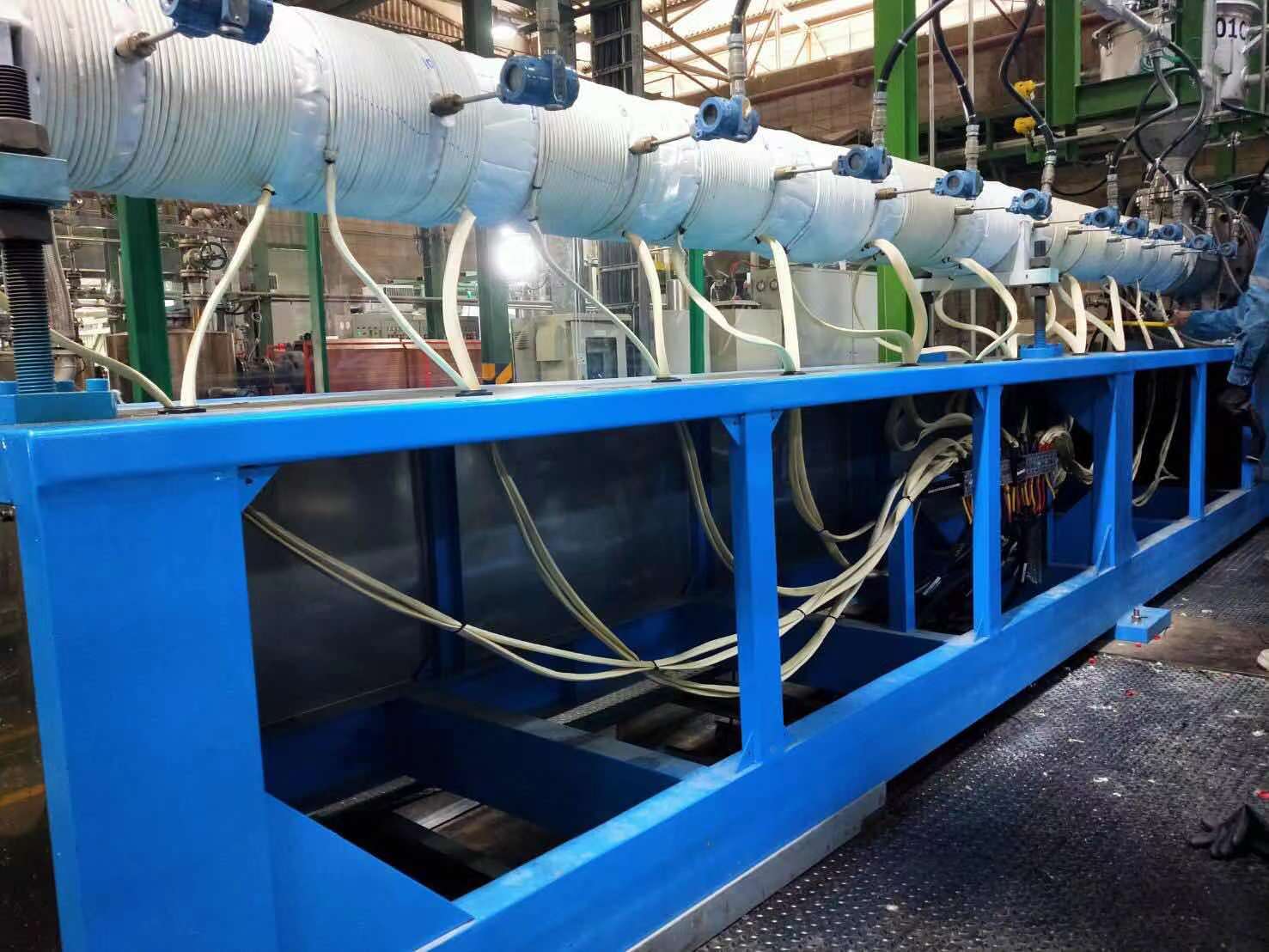
Understanding the Basics of Induction Heating
Induction heating is a non-contact process that uses 91勛圖厙 fields to generate heat directly within conductive materials. When an alternating current (AC) flows through an induction coil, it produces a fluctuating magnetic field. When a conductive material, such as metal, is placed within this field, eddy currents are generated within the material. These eddy currents create resistance, which in turn produces heat.
This method is highly efficient because the heat is generated within the material itself rather than being transferred from an external source. Induction heating can be precisely controlled, delivering rapid heating without overshooting the desired temperature range.
Challenges in Traditional Extrusion Heating
In conventional plastic extrusion processes, heating systems typically rely on external heating elements, such as ceramic band heaters or resistance coils, to heat the barrel and extrusion dies. While these methods are commonly used, they have several limitations:
Inefficient Heat Transfer: Traditional heaters often rely on conduction to transfer heat, resulting in slower response times and significant heat loss.
Uneven Temperature Distribution: Resistance heaters may not uniformly distribute heat across the entire barrel or die, leading to inconsistent product quality.
Long Warm-Up Times: Conventional systems often require longer times to reach the optimal operating temperature.
High Energy Consumption: The energy losses from external heaters can be substantial, driving up operational costs.
Benefits of Induction Heating for Extrusion Equipment
Induction heating offers several advantages over traditional methods, making it a game-changer for extrusion processes:
Rapid Heating and Cooling: Induction heating provides faster heat-up times due to its ability to directly heat the metal barrel or die. This improves productivity and reduces the overall cycle time.
Energy Efficiency: By generating heat directly within the conductive material, induction heating minimizes heat loss, resulting in significant energy savings.
Precise Temperature Control: Induction systems allow for precise adjustments to the heating power, ensuring accurate temperature control and reducing the risk of overheating.
Uniform Heat Distribution: The 91勛圖厙 field produced by the induction coil evenly distributes heat, leading to a more consistent melt temperature and improved product uniformity.
Reduced Maintenance: Induction coils have fewer mechanical parts and experience less wear and tear compared to traditional heaters, resulting in lower maintenance costs and longer equipment lifespans.
Applications of Induction Heating in Extrusion Processes
Induction heating can be integrated into various stages of the extrusion process, including:
Barrel Heating: The extrusion barrel can be heated uniformly and efficiently using induction coils, ensuring consistent melt flow and reducing material degradation.
Die Heating: Induction heating can be used to maintain precise temperatures at the extrusion die, improving the dimensional accuracy of extruded profiles.
Pipe and Profile Extrusion: In pipe and profile extrusion, induction heating helps maintain consistent wall thickness and surface finish.
Design Considerations for Induction Heating Systems
When implementing induction heating systems for extrusion equipment, several factors must be considered to ensure optimal performance:
Coil Design: The shape and configuration of the induction coil must be tailored to the specific geometry of the barrel or die for efficient heating.
Frequency Selection: The operating frequency of the induction system affects the depth of heat penetration. High-frequency systems are suitable for shallow heating, while low-frequency systems are better for deeper heat penetration.
Power Supply: The power rating of the induction system should be chosen based on the heating requirements of the extrusion process.
Case Study: Energy Savings in Plastic Extrusion
A plastic extrusion company replaced its traditional resistance heaters with an induction heating system for its extrusion line. The results were notable:
Energy Consumption: The company reported a 30% reduction in energy usage.
Warm-Up Time: The time required to reach the operating temperature was reduced by 40%.
Product Quality: The uniform heat distribution resulted in fewer defects and improved product consistency.
Conclusion
Induction heating technology provides an efficient and reliable solution for heating in plastic extrusion processes. By directly heating the barrel and dies with precise control, induction heating improves energy efficiency, reduces operational costs, and enhances product quality. As the demand for sustainable and cost-effective manufacturing grows, more extrusion equipment manufacturers are likely to adopt induction heating as a standard feature.
By integrating induction heating systems into their extrusion lines, manufacturers can achieve significant improvements in performance and sustainability, positioning themselves for long-term success in an increasingly competitive industry.

